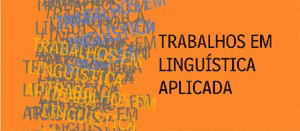This paper suggests the existence of at least two very different strategies in the translation of religious texts: one is based on understanding and aims at accommodating the religious text to the culture into which it is translated. The second strategy is nourished by an emphasis on illumination, on revelation, on an insight that does not necessarily demand reasoning, but rather the transmission of certain linguistic characteristics not belonging to the realm of meaning: rhythm, assonances, alliterations. At first sight, the two strategies are radically different, stressing a dichotomy that is perhaps even older than the texts being studied " that opposing spirit to letter (or content to form). However, as one might expect, things are not so simple. The work will present some manifestations of these two tendencies along history, questioning the dichotomy itself and trying to identify what kind of ethic informed each translation effort.
translation of religious texts; Martin Luther; Eugene Nida; Franz Rosenzweig; Martin Buber
